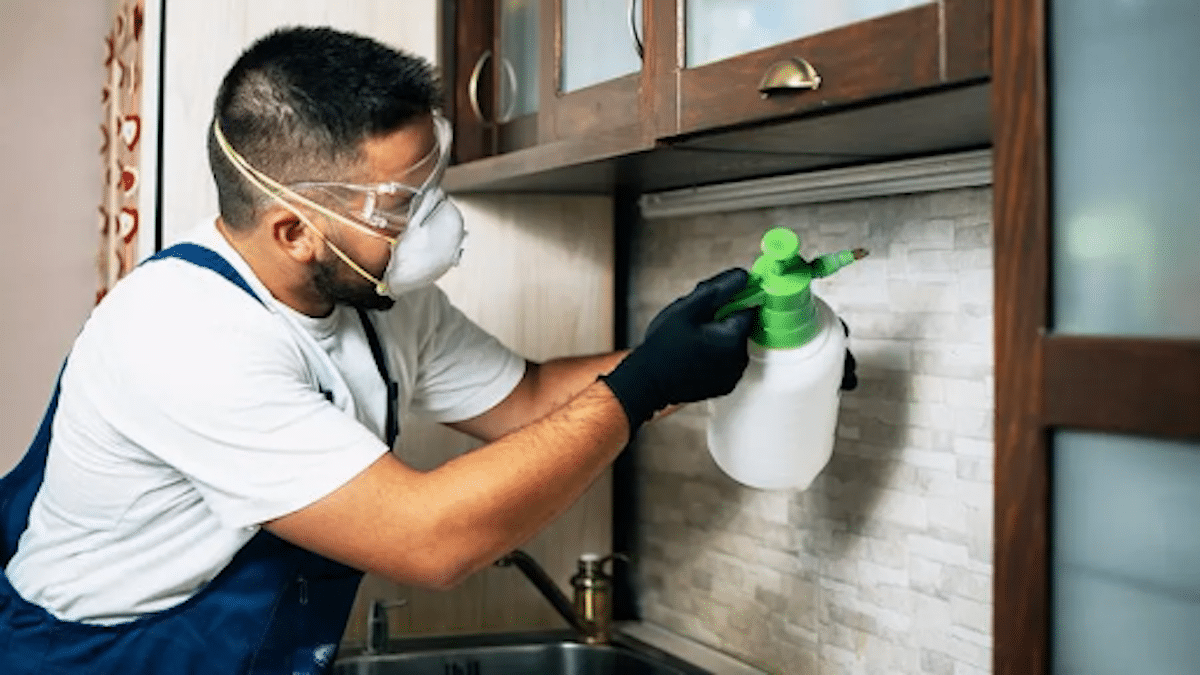Table of Contents
As homeowners, it’s understandable to want to keep our living spaces as comfortable and clean as possible. One of the biggest threats to a peaceful living environment is pest infestation.
Pests are not only unsightly, but they can also carry diseases and cause damage to our homes. While it’s tempting to wait until we see visible signs of pests before calling in professional help, preventive pest control is the best way to save time, money, and the stress of dealing with an infestation.
The benefits of preventive pest control, the common pests that homeowners encounter, and the steps you can take to keep your home pest-free.
Identifying pest sources and points of entry:
One of the most important steps in preventive pest control is identifying pest sources and points of entry. This involves a thorough inspection of the structure and surrounding environment, as well as an understanding of the specific pests that are commonly found in the area.
By identifying the areas where pests are likely to enter and finding the sources of their attraction, it is possible to prevent infestations before they start.
Points of entry can include cracks in the walls or foundation, gaps around doors and windows, and openings in the roof or attic. Pest sources may include areas of standing water, accumulated debris, and food storage areas. By addressing these issues and implementing targeted prevention measures, such as sealing cracks and eliminating standing water, it is possible to significantly reduce the risk of infestations and ensure that your property remains pest-free.
Utilizing exclusion methods to prevent pests from entering:
One effective method of preventive pest control is to utilize exclusion techniques to prevent pests from entering a property. Exclusion techniques involve identifying and sealing off any openings or gaps in the structure where pests may gain entry.
This can include repairing cracks or gaps in walls, doors, windows, or roof areas. It is important to ensure that all potential entry points are sealed off effectively to prevent pests from entering.
Additionally, regular inspection of the property is necessary to identify any new potential entry points or issues that may arise. Employing exclusion methods as part of a comprehensive pest control plan can help minimize the risk of infestations and create a more secure and safe environment for individuals and their property.
Regular inspections to assess pest risk:
Regular inspections to assess pest risk are a critical component of any comprehensive pest control program. These inspections help identify potential pest problems before they become major infestations.
A professional Oahu pest control company can work with you to develop a customized inspection schedule that meets the specific needs of your facility. During these inspections, your pest control technicians will look for signs of pest activity, including droppings, nesting materials, damage to structural materials, and insect or rodent sightings. They may also perform additional monitoring, such as placing pest traps or baits, to detect lurking pests. By being proactive with regular inspections, you can identify potential pest issues early and take corrective action before they become a problem for your business or home.
Implementing preventative treatments:
Implementing preventative treatments is a crucial aspect of preventive pest control. These treatments involve taking proactive steps to prevent the onset of pest infestations.
This involves assessing and identifying potential problem areas, identifying the specific pests that may be a threat, and establishing a comprehensive plan to prevent infestations from taking hold.
Preventative treatments may involve the use of physical barriers, such as sealing cracks and gaps, as well as the use of chemical treatments. The use of non-toxic, natural remedies may also be incorporated into the plan, depending on the type of pests under consideration and the specific environmental circumstances.
Preventative treatments help ensure that pest infestations are stopped before they start, which saves time, money, and health risks associated with more serious infestations.
Establishing a maintenance plan to ensure long-term prevention:
One crucial step in preventive pest control is establishing a maintenance plan to ensure long-term prevention. A maintenance plan outlines the regular actions needed to prevent pests from entering your property or causing damage. This includes regular inspections of the property, sealing cracks and crevices, cleaning out clutter and debris, and monitoring any signs of pest activity. By establishing a maintenance plan, you can stay ahead of pest problems and prevent infestations from developing.
It is important to regularly review and update your maintenance plan to ensure that it continues to effectively address your property’s specific pest control needs. Additionally, working with a professional pest control service, like Waynes Pest Control Services in Huntsville, AL, can provide expert guidance and support in creating and implementing an effective maintenance plan.


